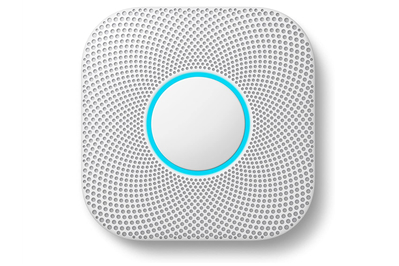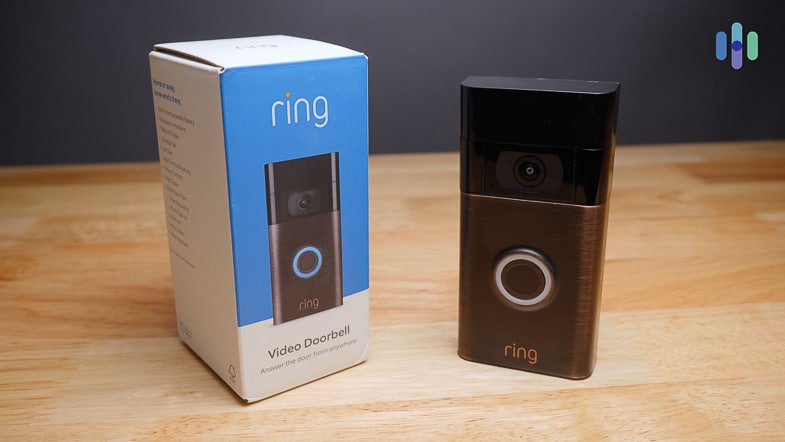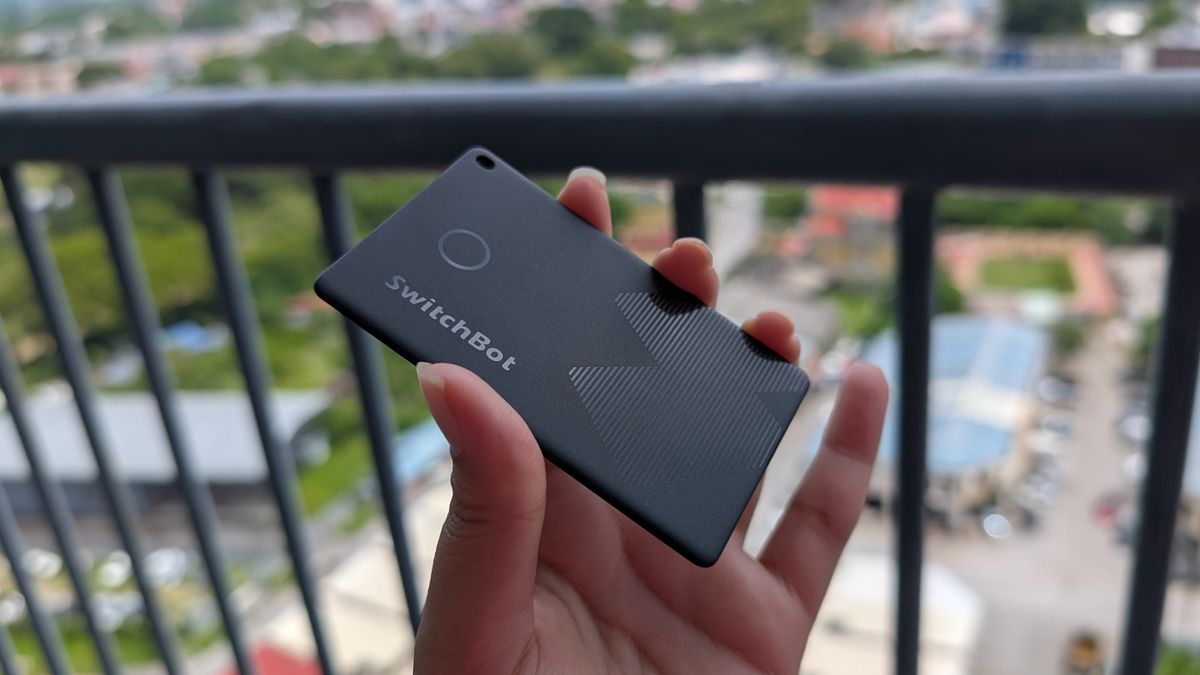The 2 Best Smart Smoke Alarms of 2025


Top pick

Along with advanced fire detection, this model self-tests to ensure its sensors are working. It interconnects with other Nest Protects wirelessly, and it has an eye-pleasing design.
Compatible with: Nest
The second-generation Google Nest Protect has been a top pick for years. And, due to its unmatched features and overall reliability, it continues to be: No other model we’ve tested comes close. It is rock-solid-reliable at quickly sending alerts about potential danger, via a combination of voice, siren, and smartphone alerts. And a particularly great feature is a voice alert that warns you before it triggers an alarm. So you can preemptively silence it in the case of false alarms (I’m looking at you, seared tuna).
Nest Protect alarms interconnect wirelessly. That means all of your Nest Protect devices are linked. So if one goes off, they all do—even if your house doesn’t have dedicated wiring for smoke alarms. Unlike our runner-up pick, however, the Nest Protect can’t be set up to connect with other brands. Therefore, to have a whole-home smart smoke alarm system, you’d need to install Nest Protect alarms throughout your home.
The Nest Protect is packed with sensors. Those include sensors for humidity (to reduce alarms from steamy showers and cooking), room occupancy, and ambient light (for the night-light), as well as carbon monoxide and smoke. Nest employs a Split-Spectrum Sensor, which the company claims is more accurate than photoelectric sensors, and it also produces fewer false alarms (from cooking or humidity). However, in our testing we saw no difference between the Nest Protect’s detection performance and that of competing models.
The Nest Protect automatically self-tests, and it warns you in the case of a device malfunction or low batteries. And that is all done via smartphone alerts—you never have to deal with those maddening chirps in the middle of the night. It also tests its speaker and alarm once a month, at a time you select (you can deactivate that feature). A status light on the alarm glows yellow if there is a problem. Press it, and the Nest Protect will say aloud what’s wrong (or you can look at the app).

No smart detector was easier to install and control. We used the iOS app to scan a code on the Nest Protect, which paired it with our Nest account and assigned its location, “Living Room.” The app and the Nest Protect then performed a mutual test, and the detector was ready to go.
We love the Heads-Up warning. This alerts you with a chime and a voice announcement, saying, “Smoke is detected in the hallway, an alarm will sound soon, the alarm is loud.” It gives you a chance to stop the shrieking before it causes your cats to fluff up and scatter and your dogs start howling. Alarms are canceled with a press on the Nest Protect’s large surface button or through the app on your phone.
The Nest Protect’s path light illuminates when it senses motion, projecting a dim but useful light directly down. During an emergency, it will turn red to help you find a way to safety. It can be set to light when you walk past, which some may find annoying. This feature can be turned off to preserve power on the battery-only models.
The Nest Protect does enable smart-home automation—but only in the Nest ecosystem. For instance, if you have a Nest Cam, it will start recording video if an alarm sounds (even without a Nest Aware subscription). A Nest Thermostat will shut down the HVAC system to prevent smoke and fire from spreading, and it can turn on lights and unlock doors.
Flaws but not dealbreakers
The Nest Protect is extremely expensive compared with a standard smoke and CO alarm. To fully equip a two- or three-bedroom home, it would cost several hundred dollars for devices that require replacement in about 10 years.
The Nest Protect isn’t well integrated into the Google Home ecosystem; this is a common complaint and is a confounding aspect of using Nest devices. To set up and manage the Nest Protect, you must use the Nest app—not the Google Home app, as with other Nest devices.
There are frequent complaints that the Nest Protect devours batteries. We’ve read plenty of reviews in which device owners claim to have batteries drain in a matter of weeks (the hardwired model is immune). Looking into it, we believe many of those device owners likely used standard alkaline AA batteries, rather than the more expensive long-life lithium ones that Google Nest specifies. The battery-powered Nest Protect uses its batteries for the Pathlight feature, but you can set it to the lowest brightness to conserve battery power or disable the feature entirely.
Nest offers only a two-year limited warranty for the Protect. That’s compared with a 10-year limited warranty for the Kidde Hardwired Smoke Alarm with Indoor Air Quality Monitor.
Privacy snapshot
- Nest collects information pertinent to the functioning of the thermostat; this may include IP address, location, age of home, and phone location. (You can opt out, following instructions found in the Responsive Advertising Practices section.)
- Nest does not sell user data to third parties.
- Some user data can be deleted here.
- You can read the full privacy statement here.
link





